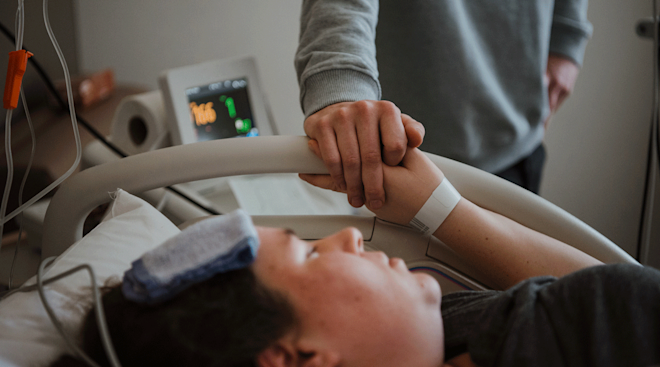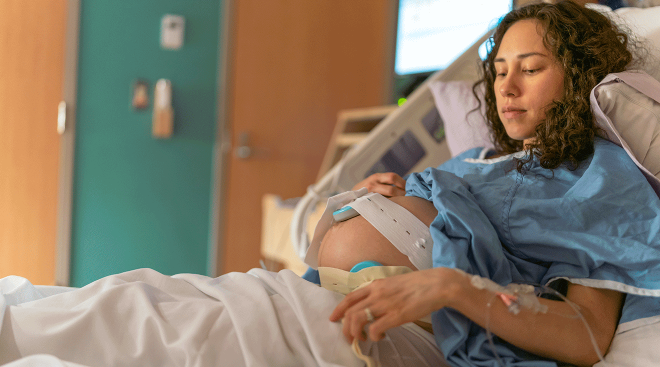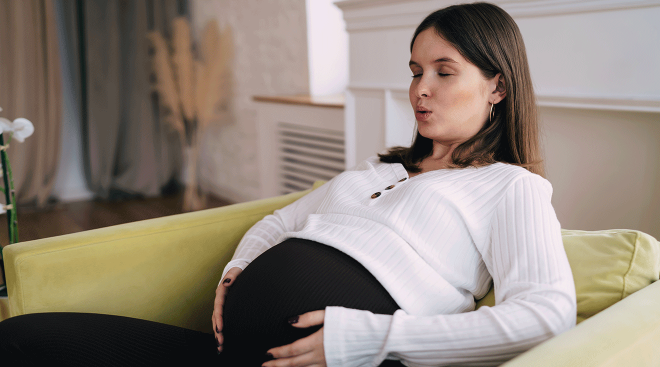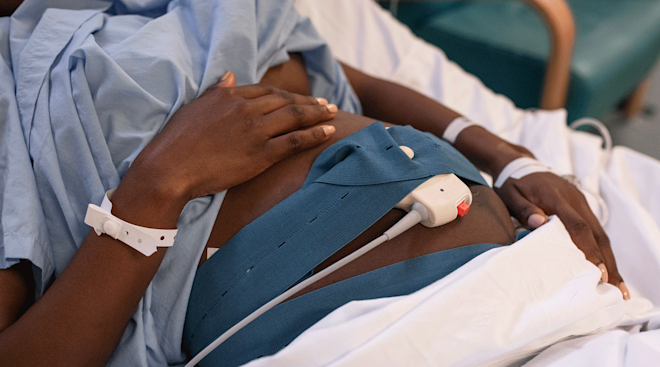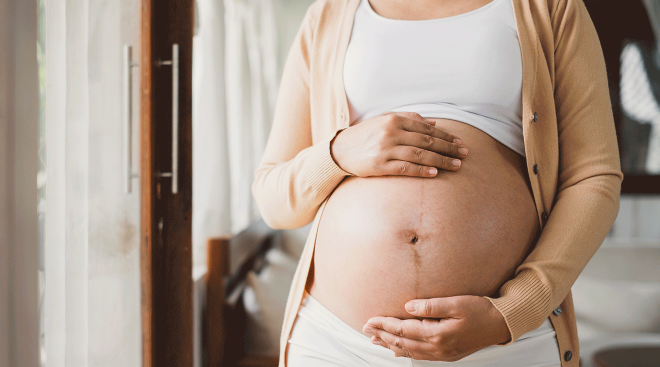8 Surprising Things That Happen After Labor
Sure, you know the drill — you’ve read about it a thousand times and watched it on A Baby Story. Your doctor tells you to push, and you do — a lot — then your new (slightly slimy) baby is hoisted into your arms. But then what? We’ve got the next chapter of the birth experience — stuff even your best mom-friends haven’t spilled. Warning: Some of it’s a little, um, gross. But it will totally be worth it when you’re holding your baby.
You’ll Get the Shakes
Don’t be surprised if you feel really jittery right after the birth. “Most women will experience full-body shaking after delivery,” says Dr. Michele Hakakha, M.D., FACOG, an OB/GYN in Beverly Hills, California, and author of Expecting 411: Clear Answers & Smart Advice for Your Pregnancy. This is normal, and probably has nothing to do with being cold. Rather, “the shakes occur from the immediate hormonal shifts that occur after delivery.” They might also be a reaction to the anesthesia or an endorphin release. Don’t worry; they’ll go away within a few minutes or, at most, a few hours.
Stitches Down There Are Likely
You’ve probably heard that episiotomies aren’t a routine procedure, but the truth is, even if the doc doesn’t make an incision, you might need some stitches (sorry!), since minor vaginal tearing is pretty common, especially for first-time mamas. The good news is, if you opted for an epidural, you probably won’t feel the tear or incision (or the stitches for that matter). But if you have unmedicated childbirth, your OB or midwife will give you a shot to numb the area first. (Yes, we said a shot. Down there.) “There’s no sugar-coating the fact that this hurts,” Hakakha says.
Your Baby Might Not Be Interested in Breastfeeding
You’ve probably heard that it’s important to breastfeed as soon as possible after birth to start a nursing relationship early. That’s true, but don’t be surprised if baby isn’t interested in feeding right away. “Most babies usually don’t want to eat for 15 to 30 minutes after delivery,” Hakakha says. So don’t push her to nurse if she doesn’t seem into it, but still hold her close. “During this time, skin to skin contact is very important to help initiate bonding for both baby and mom,” says Hakakha. “So take this time to look at her, smell her and feel her.”
You’ll Feel Like a Punching Bag
You think people loved touching your pregnant belly? Wait till the doctors and nurses get their hands on your postpartum pooch. “After delivery, the uterus has to shrink from the size of a large watermelon down to the size of a cantaloupe,” says Yvonne Bohn, MD, coauthor of The Mommy Docs’ Ultimate Guide to Pregnancy and Birth. Oxytocin helps this process by causing uterine contractions — nope, you’re not done with those — but your doctor or midwife might also try to help it along a bit. “They’ll massage your uterus to help it contract down,” Bohn says. “And your nurse will press on your belly and massage it every 15 minutes for the first two hours after delivery. This can be very painful, especially if you didn’t have an epidural.”
There Will Be Blood
You already know that labor is a messy endeavor, but did you know this? “Within the first 10 minutes after delivery, you lose more blood than would fill a pint-sized container of ice cream — and in some cases more,” says Hakakha. In the days postpartum, it’s normal to experience large amounts of bleeding after you’ve been sitting or lying for a while, as well as a gush that can happen while breastfeeding. It’s also normal to pass some large clots in the 24 hours after delivery, Hakakha says. (But if you’re passing clots that are bigger than an apricot, or passing them every hour, let your doc know.) You’ll continue to bleed — at a decreasing rate, similar to a period — for about four to six weeks after delivery.
Your Vaginal Area Can Swell
Not surprisingly, vaginal deliveries do a number on your nether region. But you might be shocked at how much you can swell as you heal down there — especially if you pushed for a long time. “This can be alarming — the labia can triple in size,” says Hakakha, who notes that it’s much more common in first-time moms than those having their second or third babies. Take it from us: Ice packs are your friend. They’ll help numb any discomfort and bring the swelling (which is temporary) down.
You Might Be Stuck in Bed
Having a c-section? Get comfy in your bed, because you’ll have to stay there for at least 12 to 24 hours. Why? “The spinal/epidural makes your legs too weak to walk,” Bohn says. Luckily, you’ll be surrounded by nurses — and probably some loved ones — who will help you care for your new baby while you’re bedridden.
You’ll Sweat
No doubt, you perspired while pushing out your baby, but you can also find yourself sweating quite a bit during the first few weeks post-baby, says Hakakha. “And by sweating I mean tremendous night sweats,” she adds. That’s because your body’s estrogen level will drop massively — and the change in hormones will mess with your body’s temperature regulation. Don’t worry: Things will get back to normal within a month or two.
Please note: The Bump and the materials and information it contains are not intended to, and do not constitute, medical or other health advice or diagnosis and should not be used as such. You should always consult with a qualified physician or health professional about your specific circumstances.
Plus, more from The Bump:
Navigate forward to interact with the calendar and select a date. Press the question mark key to get the keyboard shortcuts for changing dates.



































